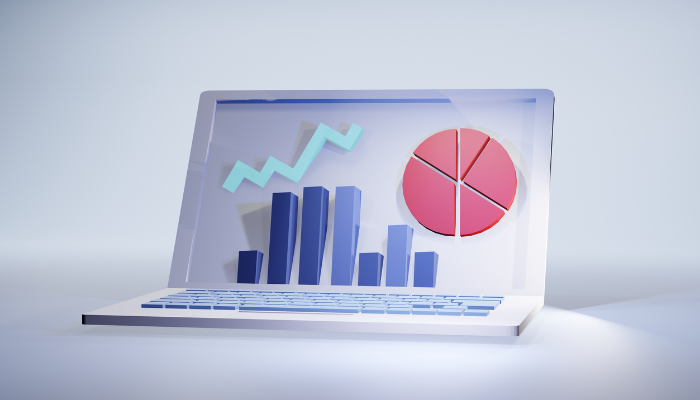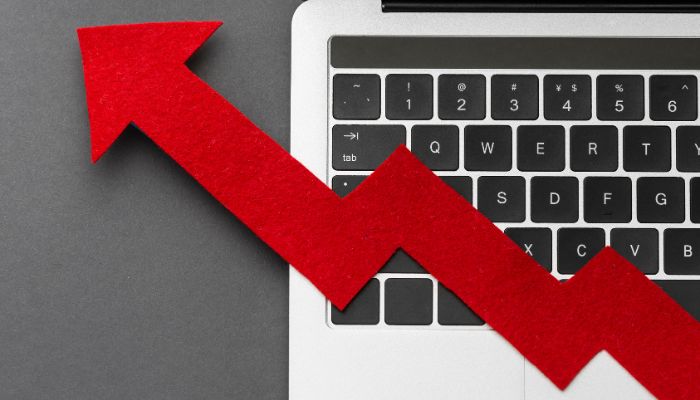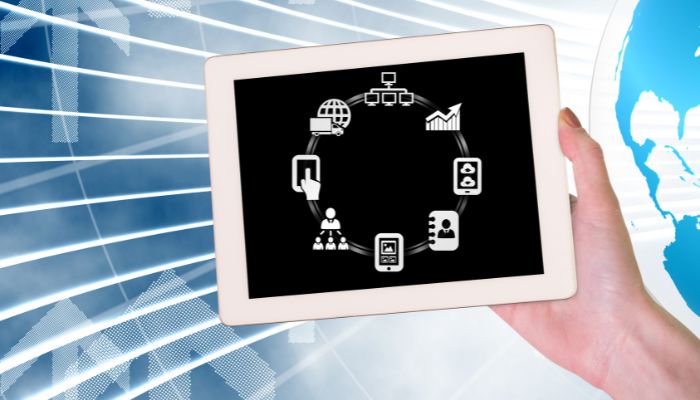In 2020, LinkedIn released a report indicating that 92% of talent professionals considered ‘people analytics is the future of HR in India’. And they weren’t wrong. Digitalisation, technology, and people analytics gradually transform how human resources work in India. Initially, people analytics was utilised for strategic workforce planning and to measure employee performance. With the changing times, companies are now using analytics to identify skill gaps, evaluate recruiting processes, examine the supply and demand of talent, and, more importantly, recognise the disparity of diversity, equality and inclusion in the company.
Diversity, equality, and inclusion are no longer a buzzword. Especially the last few years have witnessed a stark rise in concerns about diversity, equity, and inclusion (DE&I) efforts in the corporate world. However, with people analytics, the HRs can help identify the disconnect in their organisation to DE&I and plan goals, monitor progress, and take action based on the data collected in the company. Now, before we move on to learn how analytics can help boost DE&I efforts in the workplace, here’s a quick understanding of it.
You might also be interested to read: Analytics Jobs In India Looks Better Than Just Bright
People analytics is a process of data collection that helps human resources and managers understand employee experiences, improve performances, maintain transparency, and reduce biases in the company.
Human resources must initiate training sessions to spread awareness and recognise the underlying biases to normalise diversity, equality, and inclusion in the company. Without knowing where the biases exist, one cannot plan or take action. Be it the hiring process or performance appraisal, recognising the biases is essential to lay the fundamentals of DE&I.
After initiating a platform to track the DE&I goals and strategies, the organisation must also work towards rewriting its policies and practices to fortify its stand on DE & I. Human resources can easily monitor and track progress through the platform, especially in hiring, compensation, and performance areas, where biases are recurrent. It’s essential to improve the representation of different races, genders, LGBTQs, seniors, and the differently-abled to lay the foundation of parity and empowerment.
Go beyond the surface-level reviewing and scrutiny. Know how your employee feels in the company. Anonymous feedback from your workforce can help uncover biases that may be overlooked during the performance or other assessments. Given how indispensable promotions are for an employee to move forward in the company, people analytics can help determine if the employees are pretty appraised and if they feel that the employers fairly support them. Besides this, exit interviews also play a crucial role in discovering biases.
Taking action and making an impact will be easier if you have qualitative and quantitative data. One of the critical purposes of introducing this data-driven platform is also to maintain transparency, especially with the leaders, so they know the status of how their team feels and how they can improve by implementing more diversity, equality and inclusion strategies. Employers and human resources must strive to relook at DE&I strategies by utilising the advantages of people analytics. This will help improve the overall employee experience, which will inadvertently drive the company’s productivity.
References:
- How People Analytics has the Power to Push DE&I Efforts Further | toolbox | J.T. Levin | April 13, 2022
- People analytics is the future of HR in India, shows LinkedIn report | The Economic Times | Rica Bhattacharyya | January 23, 2020
- The value of people analytics in improving DEI | PeopleMatters | Bhavna Sarin
You might also be interested to read:






